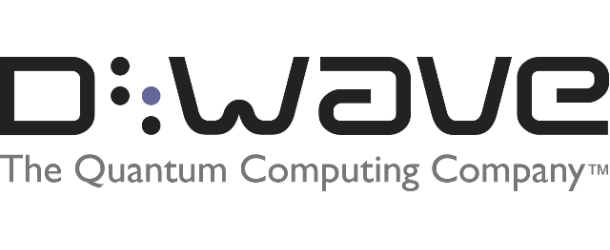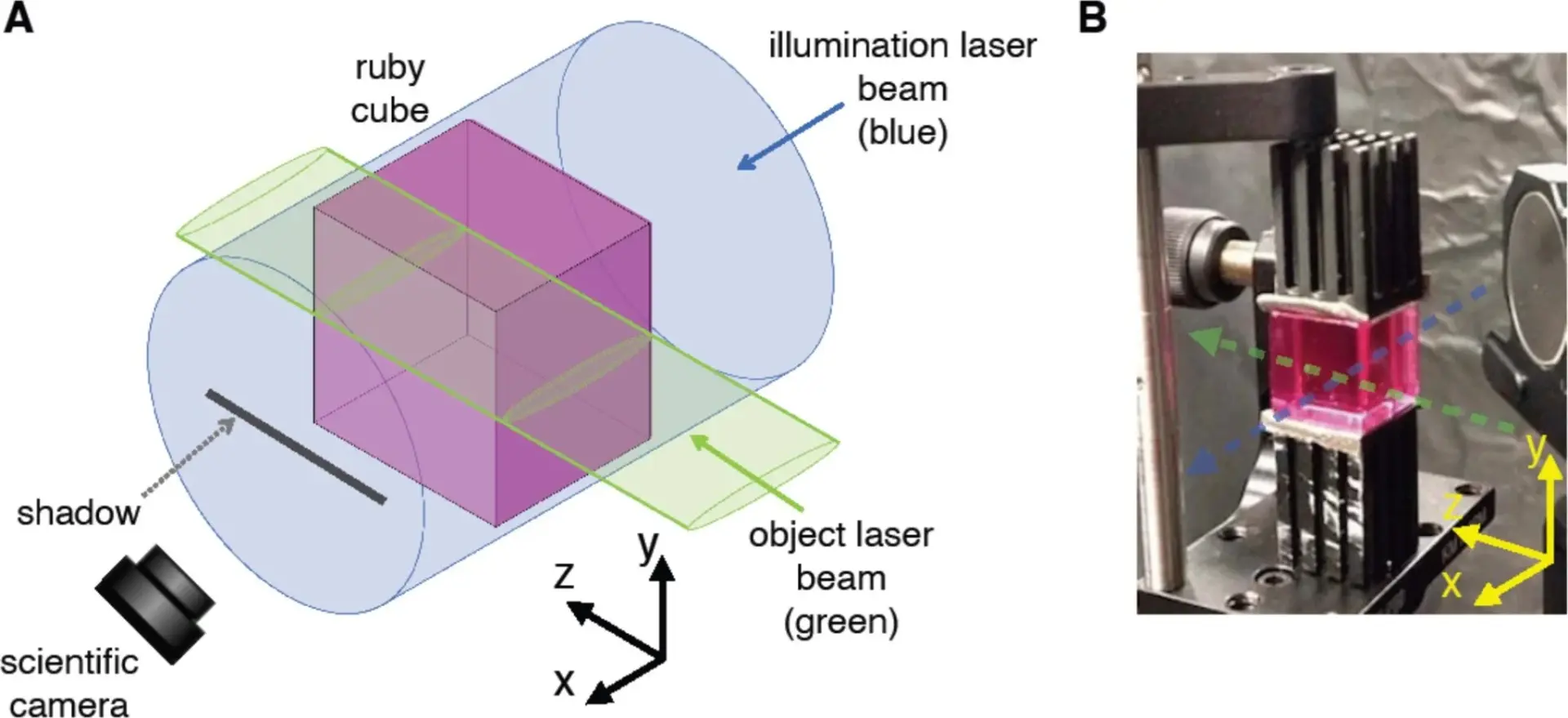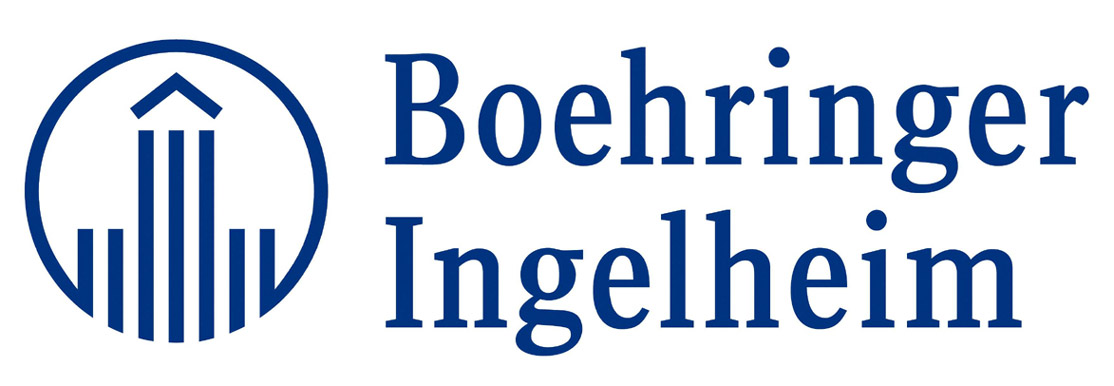Researchers at the University of Southern California (USC), led by Professor Daniel Lidar, have achieved a significant milestone in quantum computing by demonstrating that quantum computers can outperform classical supercomputers in solving optimization problems. This breakthrough, published in Physical Review Letters represents the first clear demonstration of quantum advantage in approximate optimization.
The study focused on quantum annealing, a specialized form of quantum computing that uses quantum physics principles to find high-quality solutions to complex optimization problems. Unlike traditional approaches that seek perfect solutions, the researchers shifted their focus to approximate optimization, aiming for solutions within one percent of the optimal answer rather than pursuing exact solutions. This approach proved crucial because many real-world applications don’t require perfect solutions—for instance, in financial portfolio management, beating a market index is often sufficient without achieving the absolute best possible performance.
The team used a D-Wave Advantage quantum annealing processor and implemented quantum annealing correction (QAC), an innovative error-correcting technique that created over 1,300 error-suppressed logical qubits ArXiv. This error correction was essential for overcoming the noise and instability that typically plague quantum systems. The researchers tested their approach on challenging two-dimensional spin-glass problems with high-precision interactions, which are notoriously difficult computational challenges that originate from statistical physics models of disordered magnetic systems.
The quantum computer’s performance was measured using a “time-to-epsilon” metric, which evaluates how quickly an algorithm can find solutions within a specified percentage of the optimal answer. The quantum annealing system demonstrated superior scaling performance compared to parallel tempering with isoenergetic cluster moves (PT-ICM), which is considered the top classical algorithm for these types of problems. As problem sizes increased, the quantum advantage became more pronounced, proving that quantum computers can maintain their edge over classical systems as computational challenges grow more complex.
This achievement is particularly significant because it represents the first scalable quantum advantage in optimization problems. While previous quantum supremacy demonstrations often involved abstract computational tasks with limited practical applications, this research addresses real-world optimization challenges found in fields like logistics, finance, and machine learning. The breakthrough suggests that quantum computers are transitioning from theoretical curiosities to practical tools capable of solving industrially relevant problems more efficiently than classical supercomputers.
The implications extend beyond immediate applications. The researchers noted that this approach opens new avenues for quantum algorithms in optimization tasks where near-optimal solutions are sufficient, with potential improvements in quantum hardware and error suppression amplifying the observed advantage. As quantum annealing technology continues to develop, it could revolutionize how we approach complex optimization problems across multiple industries, making previously intractable challenges computationally feasible.




